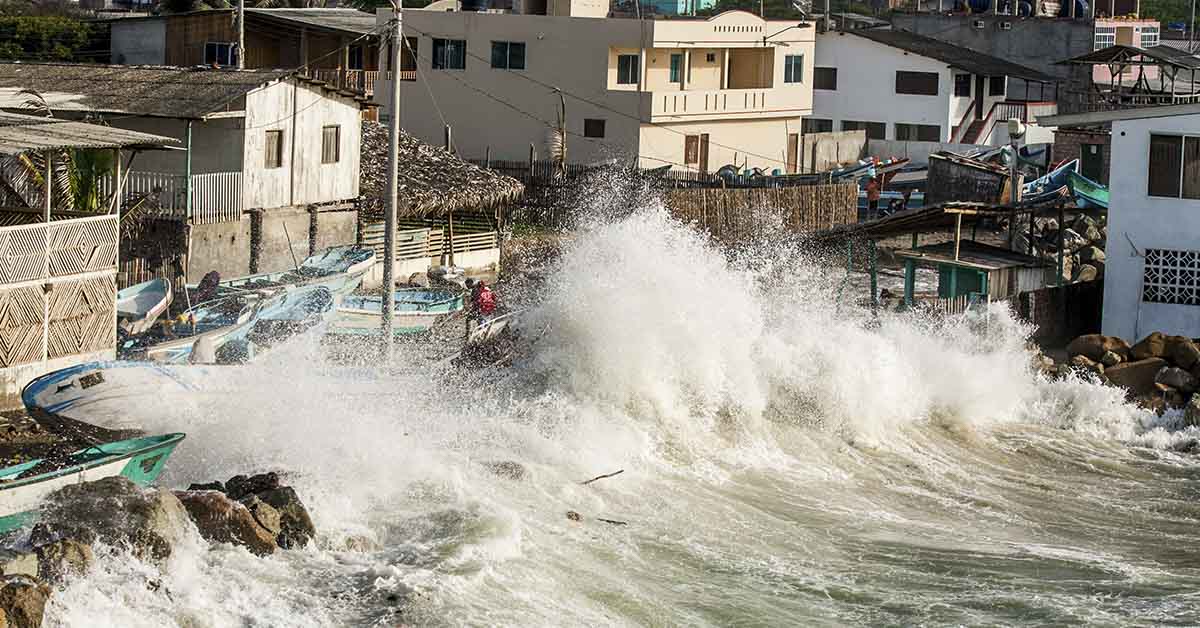Rising sea levels are threatening coastal cities worldwide. Experts warn that millions of people could be displaced by 2050 due to flooding caused by melting ice sheets and climate change. It’s not just a distant problem; many cities are already experiencing increased flooding and sinking land. This article looks at 10 high flood risk cities likely to face severe challenges in the next few decades. These cities vary in size, location, and culture, but all share a vulnerability to rising seas. By understanding these risks, communities and governments can better prepare. Let’s take a closer look at the cities scientists say are most at risk and why their futures are tied to how we manage climate change now.
1. Bangkok, Thailand

Bangkok is sinking at an alarming rate, losing about three centimeters of ground each year. The main reasons are excessive groundwater pumping and the weight of heavy buildings compressing the soft soil below. When you add rising sea levels on top of this sinking, it creates a dangerous recipe for flooding. Parts of Bangkok are already experiencing regular floods during the rainy season. The city’s drainage system struggles to keep up, and experts warn that by 2050, large areas could be underwater if no major improvements happen. Bangkok’s situation is a warning sign of how urban development and climate change together can increase flood risk. Efforts to control groundwater use and improve infrastructure are critical to protect the city’s future.
2. Venice, Italy

Venice’s iconic canals face a serious threat from rising sea levels. The city is slowly sinking, a natural process worsened by human activity and climate change. Flooding has always been part of Venice’s history, but recent “acqua alta” events (high tides) have become more frequent and damaging. Scientists have cautioned that by 2050, much of Venice could be regularly underwater, putting its historic buildings and unique ecosystem at risk. The MOSE project, a system of movable barriers, is designed to protect Venice from flooding, but it’s still uncertain how well it will handle the rising seas in the long term. Venice’s case highlights how cultural heritage sites are vulnerable to climate change and why protective measures are urgent.
3. Ho Chi Minh City, Vietnam
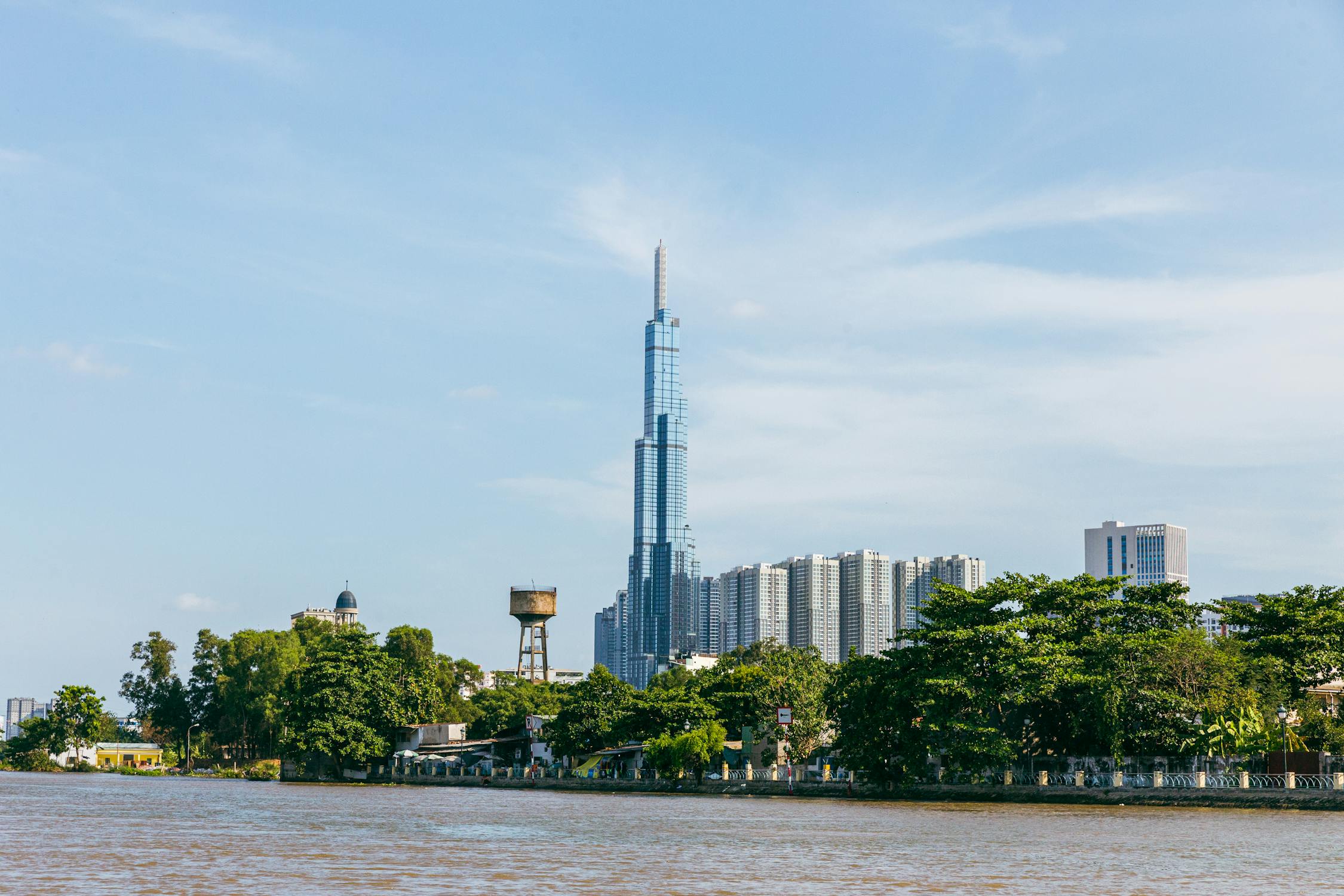
Ho Chi Minh City is rapidly expanding, but its geography makes it very vulnerable to flooding. Built on soft, swampy land near the Mekong Delta, the city faces rising sea levels combined with sinking ground caused by excessive groundwater extraction. Floods have become a common problem, causing damage to homes and infrastructure. Predictions show that by 2050, up to 20 percent of the city could be underwater during high tides. The government has been working on flood defenses and urban planning, but the challenge remains huge. Ho Chi Minh City’s situation is a stark reminder of how densely populated, low-lying urban areas in developing countries are particularly at risk from climate change impacts.
4. Male, Maldives
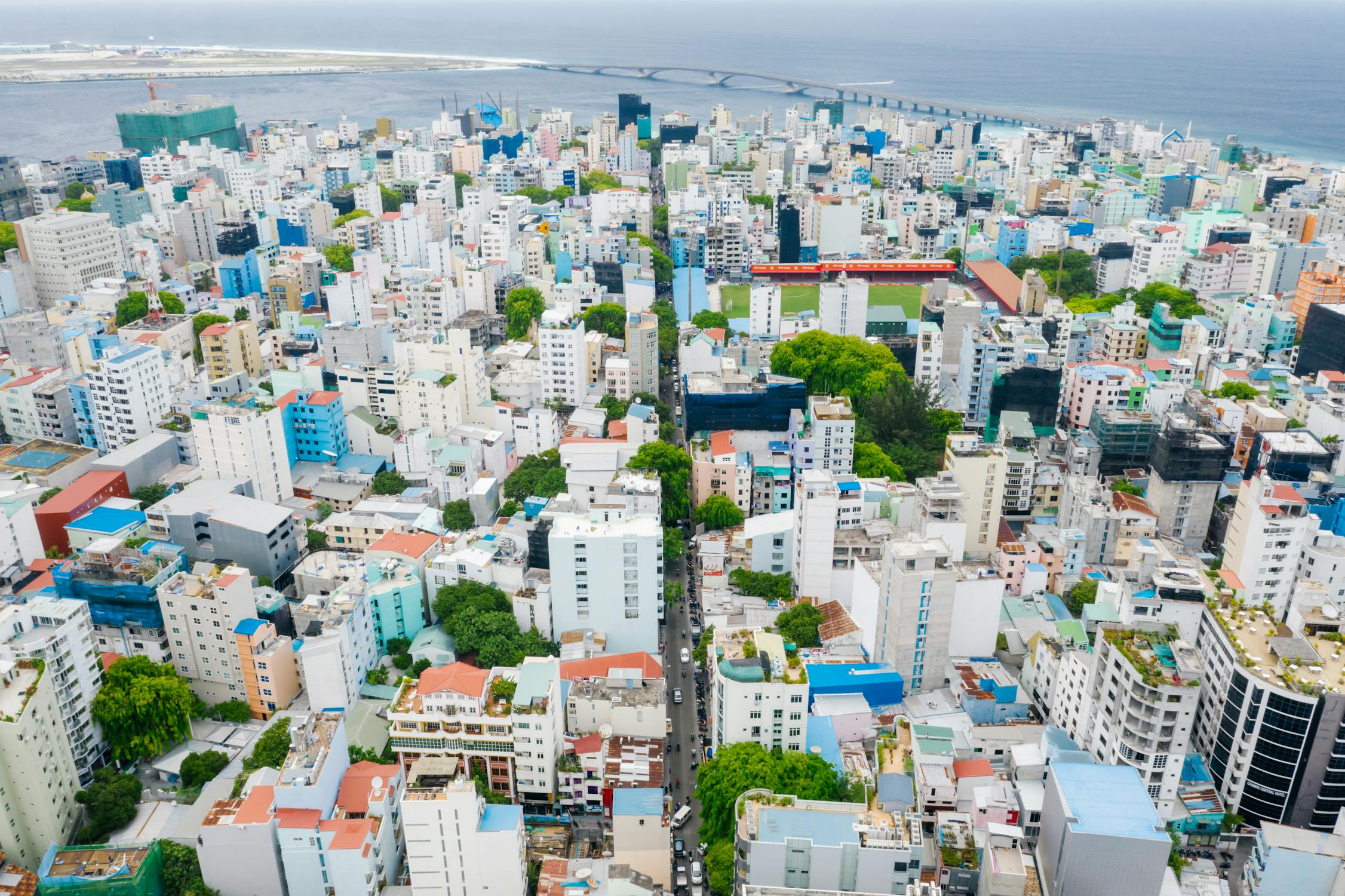
The Maldives is one of the most vulnerable countries to rising sea levels because most of its islands are barely above water. Research from the scientific journal Frontiers says, “Average land elevations range from 0.5 m to 2.3 m above present-day mean sea level, with 80% falling below 1 m.” The capital, and most populous city, Male, is extremely susceptible to flooding and storm surges. It is believed that if current trends continue, many islands could be submerged before the end of the century, threatening the homes of thousands. The Maldives government has actively promoted global climate action and has even explored relocating its population as a last resort. The country also invests in building sea walls and artificial islands to protect its people. Male’s situation illustrates the urgent need for global cooperation to reduce emissions and support vulnerable nations facing the prospect of losing their entire homelands.
5. Miami, United States
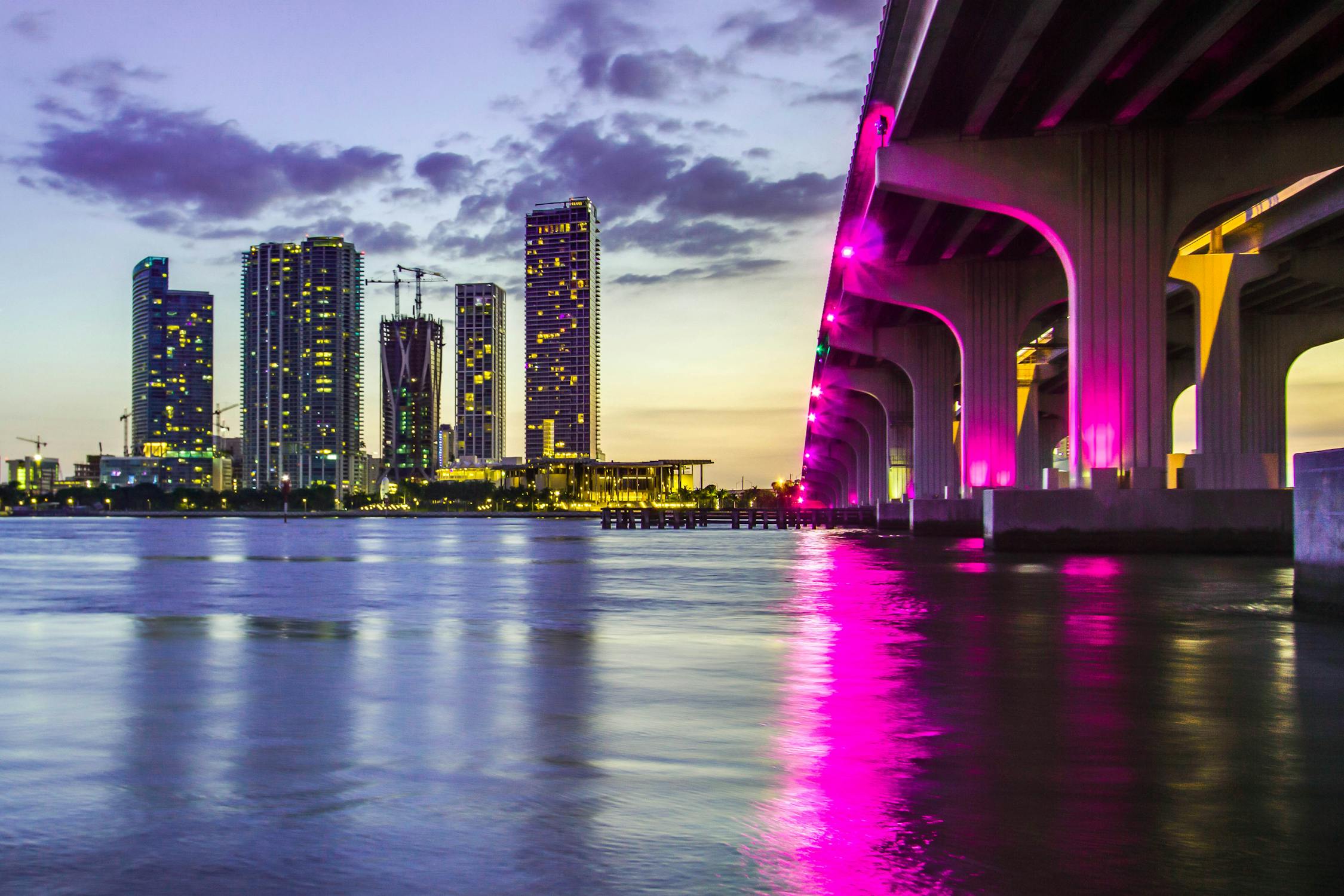
Miami’s future looks increasingly uncertain due to rising sea levels. The city is built on porous limestone, allowing seawater to seep into underground aquifers and causing “sunny day flooding” even when there’s no storm. This problem is worsening, with sea levels expected to rise by several inches by 2050. Miami’s expensive real estate and infrastructure face major risks from flooding and hurricanes. The city has invested in pumps, raised roads, and better drainage, but experts warn these efforts may only delay the inevitable. Miami’s story highlights how even wealthy cities face huge costs and challenges from climate change and how planning now is vital to protect residents and property in the decades ahead.
Read More: NASA Reveals When Earth Will ‘Run Out of Oxygen’ as CO2 Levels Continue To Rise
6. New Orleans, United States
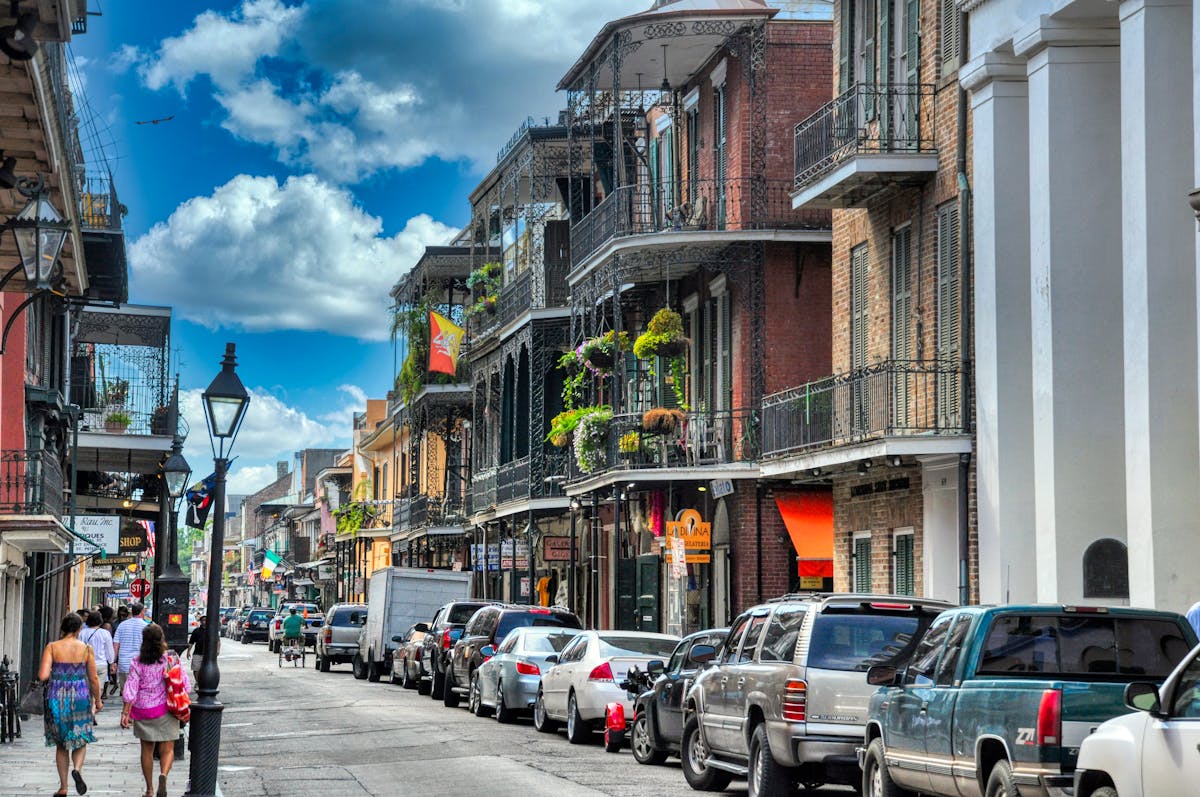
New Orleans is well-known for its vulnerability to flooding because much of the city sits below sea level. The devastating effects of Hurricane Katrina showed just how dangerous this can be. Despite improvements to the levee system, rising sea levels and stronger storms still threaten the city. New Orleans also experiences land subsidence, where the ground sinks, making flood risks worse. Experts predict that by 2050, flood events could become more frequent and severe. The city is investing in flood defenses and restoring wetlands that act as natural buffers, but it’s an ongoing struggle. New Orleans represents a critical example of how climate change affects vulnerable cities and the importance of resilience planning.
7. Kolkata, India

Kolkata is situated on the eastern coast of India near the Bay of Bengal, a region increasingly impacted by rising sea levels and extreme weather. The city’s dense population and limited drainage make it especially prone to flooding during storms and high tides. Climate change is increasing the frequency of cyclones, and rising seas worsen the impact of storm surges. By 2050, it is believed that large parts of Kolkata could be regularly flooded. Efforts to build better flood defenses and improve infrastructure are underway, but rapid urbanization and poverty complicate progress. Kolkata’s situation sheds light on how developing cities face layered challenges in adapting to climate risks while supporting growing populations.
8. Shanghai, China
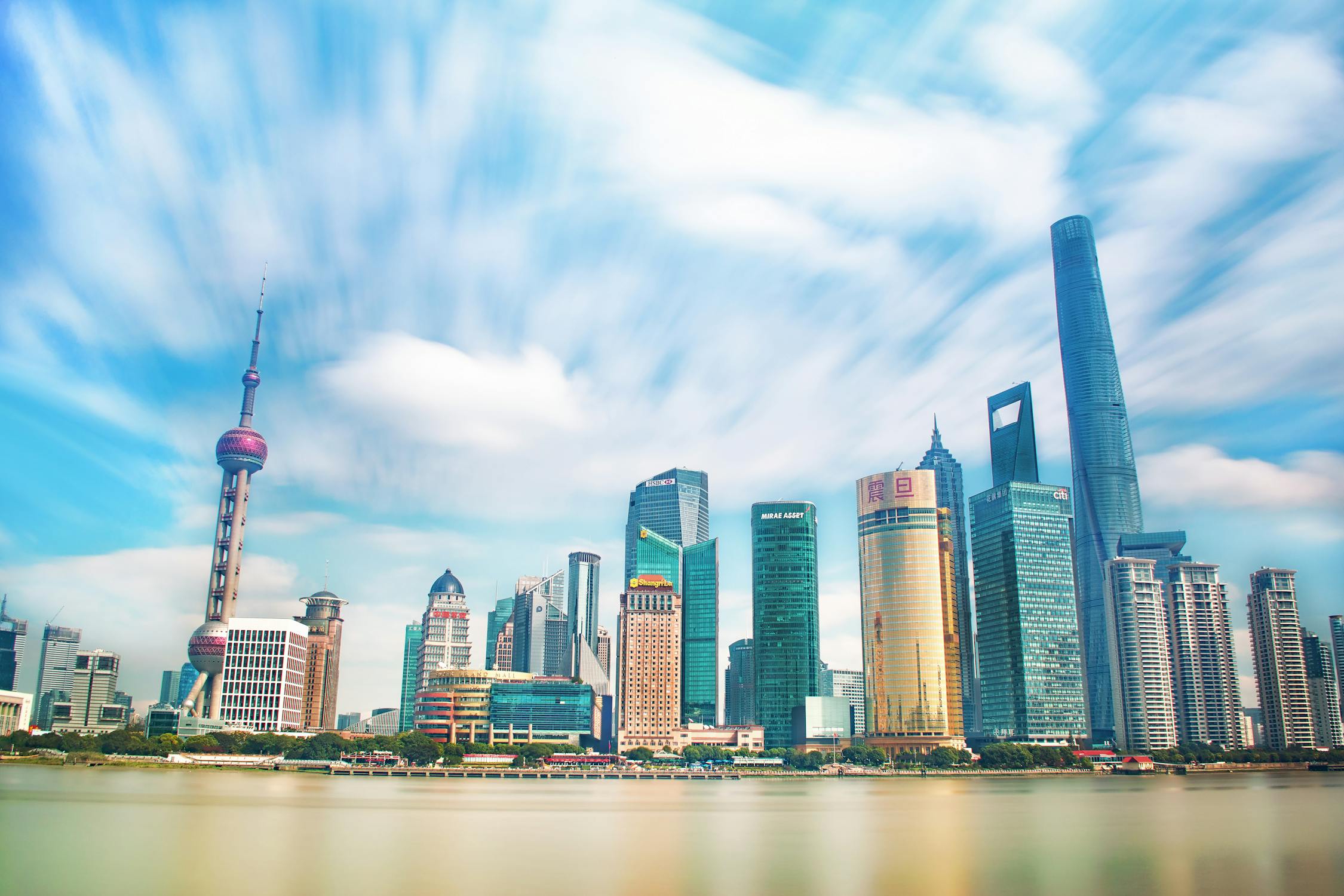
Shanghai is one of the world’s largest cities and an economic powerhouse, but its coastal location puts it at serious risk from rising sea levels. The city sits on a delta and experiences land subsidence caused by construction and groundwater extraction. This sinking land combined with sea level rise means Shanghai faces increasing flooding events. Authorities have invested in seawalls, flood gates, and drainage systems, but experts warn these may not be enough by 2050. Shanghai’s massive population and industries make flood protection critical not only locally but globally. The city’s situation emphasizes the need for ongoing investment in infrastructure and careful urban planning to face future flood risks.
9. Amsterdam, Netherlands

Amsterdam is famous for its canals and flood defenses, but even this well-protected city faces challenges from rising sea levels. The Netherlands is a leader in water management, using dikes, pumps, and innovative engineering to keep the sea out. However, climate change means these systems must continuously evolve to handle increasing pressure. Scientists warn that by 2050, parts of Amsterdam could be at risk without upgrades to defenses. The Dutch government is also investing in “room for the river” projects to allow controlled flooding in some areas, protecting cities downstream. Amsterdam’s story shows how even advanced flood management must adapt to new climate realities.
10. Peterborough, United Kingdom

Peterborough is located near several rivers in eastern England and faces risks from rising sea levels and heavy rainfall. While not directly on the coast, flooding risks are increasing due to upstream river flows and tidal influences. Climate change is expected to increase both rainfall intensity and sea levels, putting pressure on flood defenses. The city is developing climate adaptation strategies to manage these risks, including improving drainage and natural flood barriers. However, experts warn that without continued investment and planning, flooding could become more frequent and damaging by 2050. Peterborough’s example reminds us that flood risk isn’t only a coastal issue but affects many inland cities too.
Conclusion

The threat of rising sea levels puts many cities at risk of severe flooding by 2050. While some have strong flood defenses, many others face serious challenges due to sinking land, urban growth, or limited resources. Governments and communities must act now to improve infrastructure, plan smarter urban development, and reduce emissions to slow climate change. Understanding the high flood risk cities helps focus efforts where they are most needed. These cities show us what’s at stake and highlight the urgency of adapting to a changing world. It’s a global challenge requiring cooperation, innovation, and long-term commitment to protect people and places from becoming underwater in the coming decades.
Disclaimer: This article was created with the assistance of AI tools for research and drafting purposes. A human editor reviewed and finalized the content to ensure accuracy and clarity. While every effort is made to provide reliable information, readers should verify details independently.
Read More: It’s Official: Scientists Reveal Who’s Fueling Global Warming
